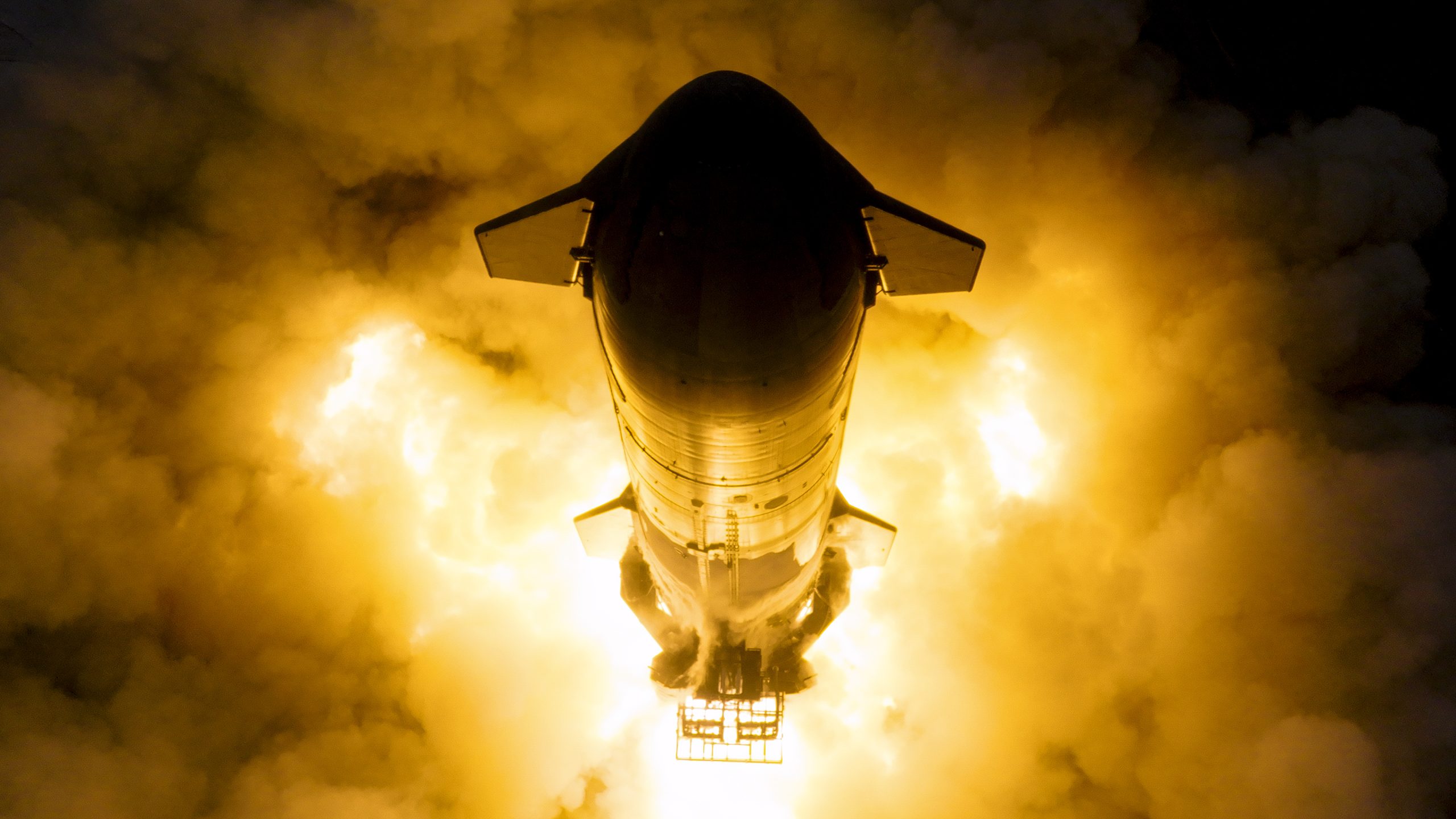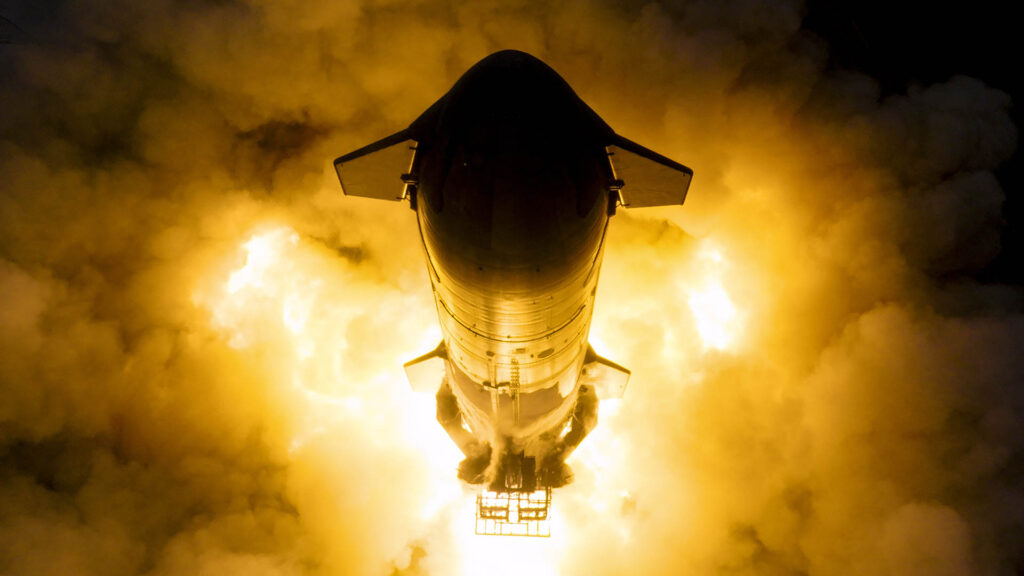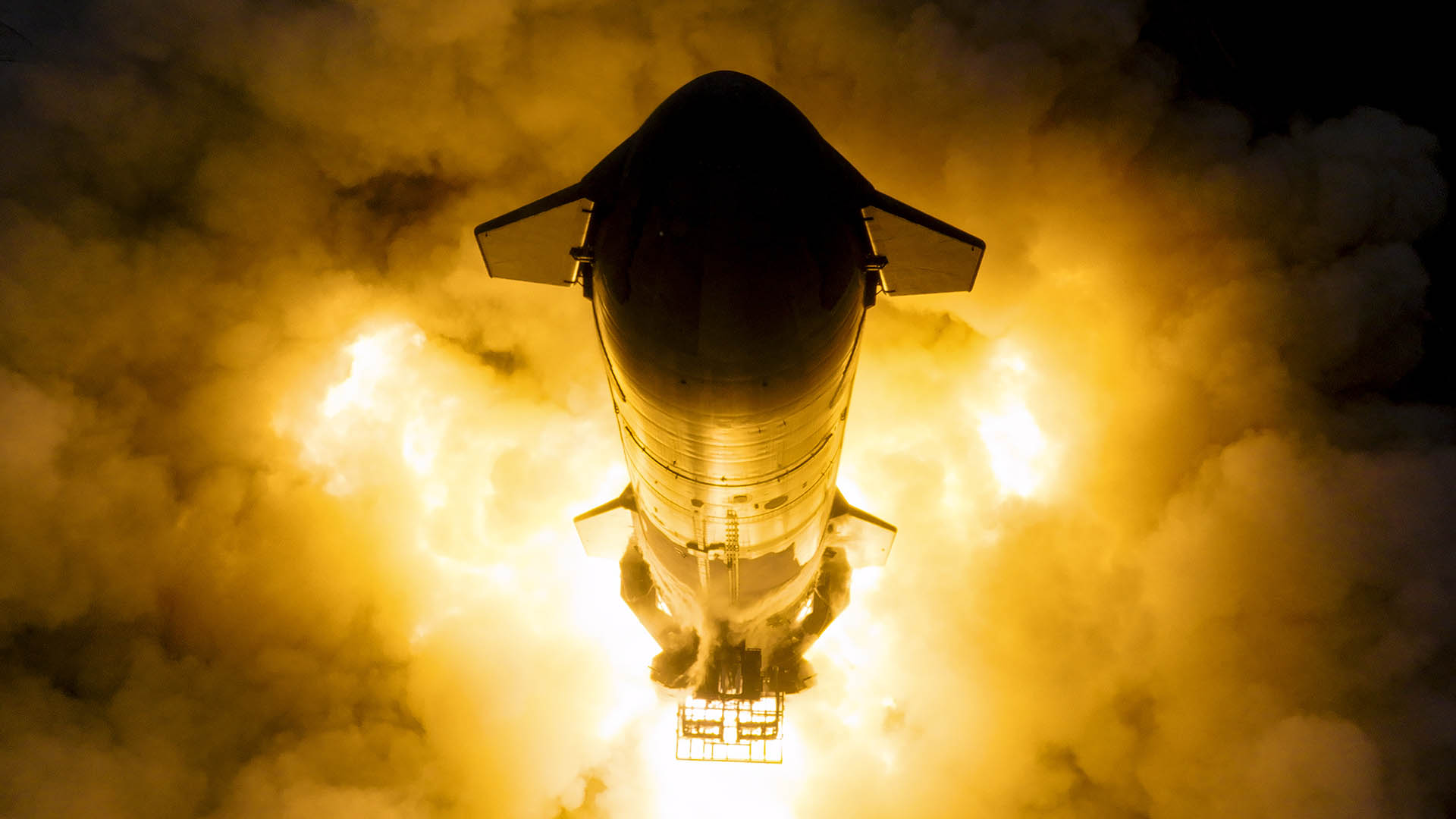
SpaceX is making significant progress with its Starship program, as evidenced by the successful static fire tests of the fifth mission's Starship (Starship 30) and the upcoming orbital flight test for Flight 4. The static fire tests involved firing all six Raptor engines (three sea-level and three vacuum) for approximately four seconds to ensure their functionality.
The fourth flight of Starship, which is currently waiting for approval from the Federal Aviation Administration (FAA), could potentially take place within a month if given a fast approval and the launch site is ready. The Super Heavy Booster 12 has already undergone two cryo-proof tests.
Meanwhile, SpaceX engineers are working on repairing and strengthening the heat shield tiles of Starship 29's upper stage (Ship) in preparation for its orbital launch test. Once approved by the FAA, Flight 4 will be the first orbital flight test for a fully stacked Starship-Super Heavy combination.
Starbase, SpaceX's development site in Texas, is also undergoing updates with improvements to the launch mount and testing of chopstick arms used to catch Super Heavy Boosters. The most recent test saw the fastest closure yet but further improvements are being made for a safe catch.
SpaceX has conducted two cryo-proof tests on Super Heavy Booster 13, adding another vehicle waiting its turn to take to the skies.
As SpaceX continues its testing and validation process, it is preparing multiple Starships simultaneously for upcoming orbital flight tests. The successful static fire test of Starship 30 marks an important step forward in the development of this revolutionary spacecraft.



